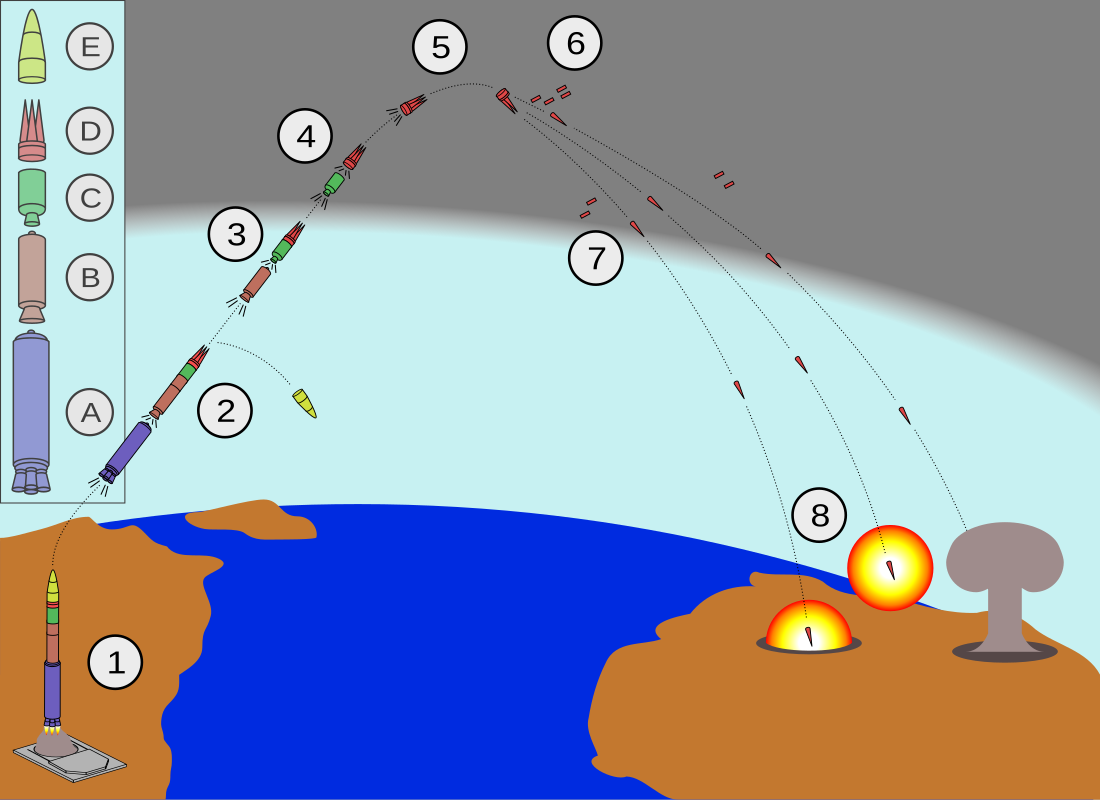Top Qs
Timeline
Chat
Perspective
Ground burst
Detonation of an explosive at ground level From Wikipedia, the free encyclopedia
Remove ads
A ground burst is the detonation of an explosive device such as an artillery shell, nuclear weapon or air-dropped bomb that explodes at ground level. These weapons are set off by fuses that are activated when the weapon strikes the ground or something equally hard, such as a concrete building, or otherwise detonated at the surface.

In the context of a nuclear weapon, a ground burst is a detonation on the ground, in shallow water, or below the fallout-free altitude. This condition produces substantial amounts of nuclear fallout. An air burst or a deep subterranean detonation, by contrast, makes little fallout.[1]
Remove ads
Ground shock
Ground shock, or water shock will result from nuclear explosions on (or near) the surface of ground or water. The ground shock can damage or destroy hardened structures. In water, the shock is damaging to nearby vessels and may also produce a surface wave to limited ranges. A crater is formed by an explosion at (or near) the ground surface. The size of the crater depends on the type of ground material and how close to the ground surface the explosion occurs.[citation needed]
Remove ads
See also
References
Wikiwand - on
Seamless Wikipedia browsing. On steroids.
Remove ads
